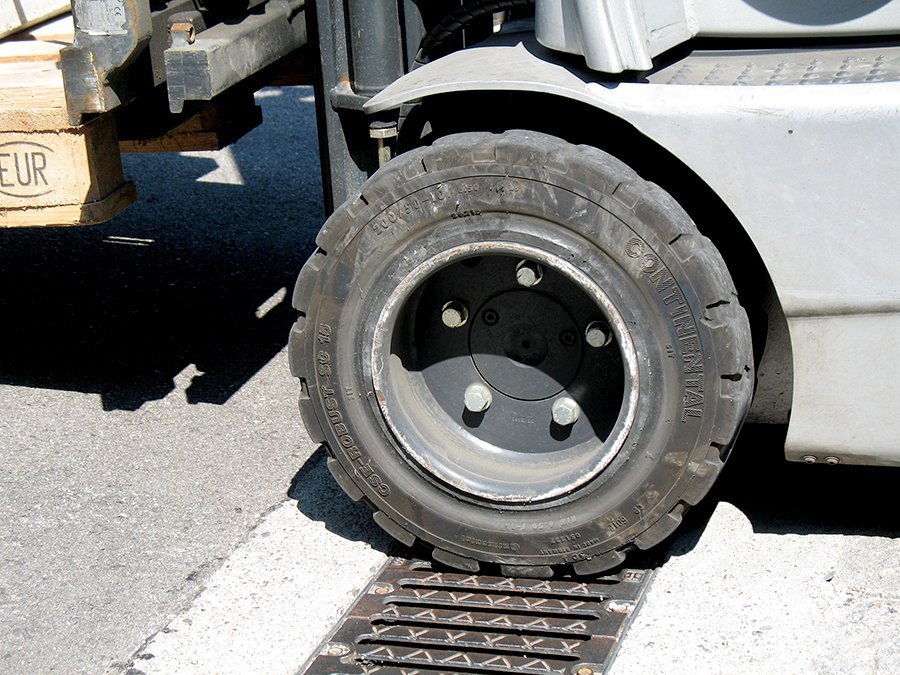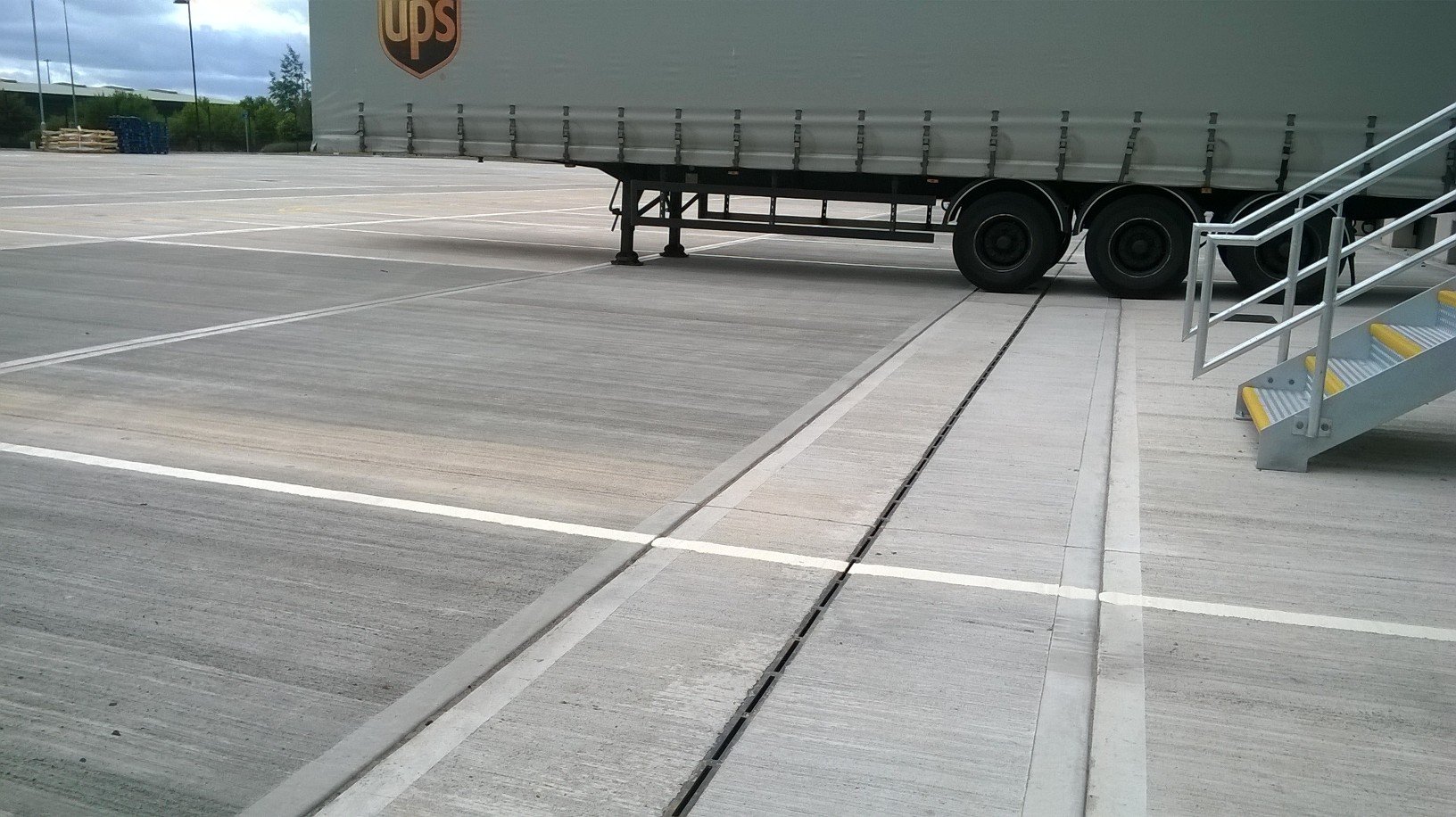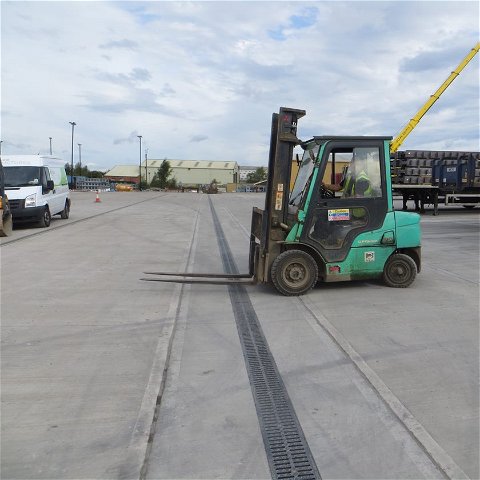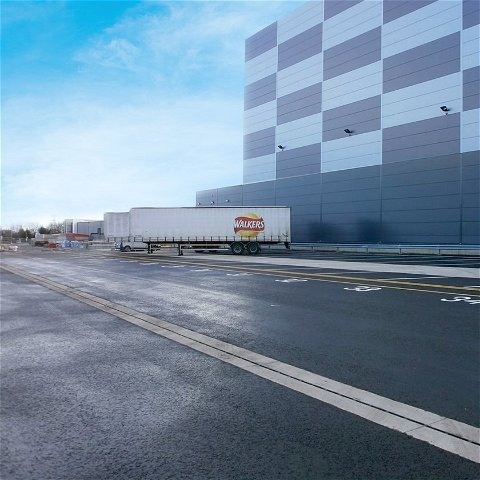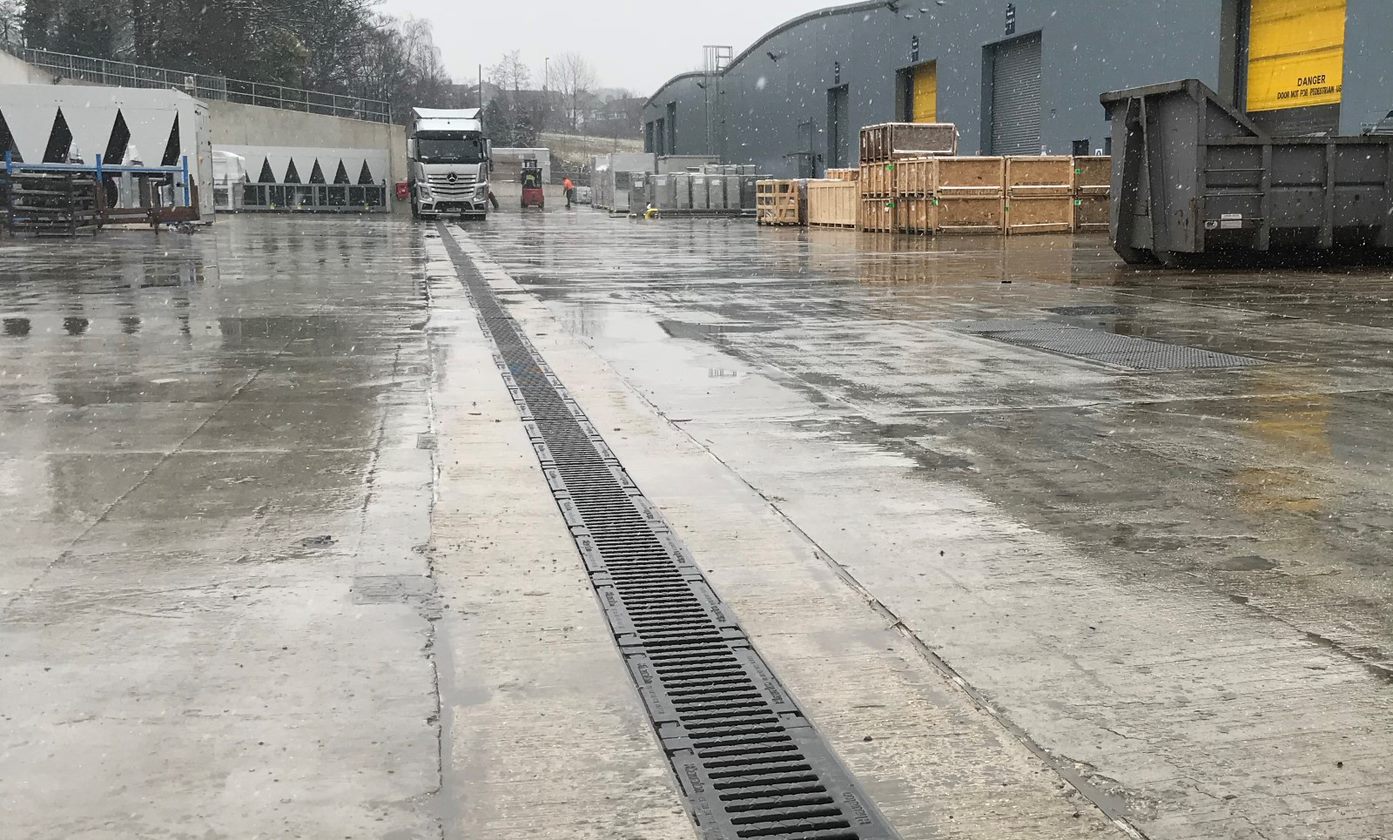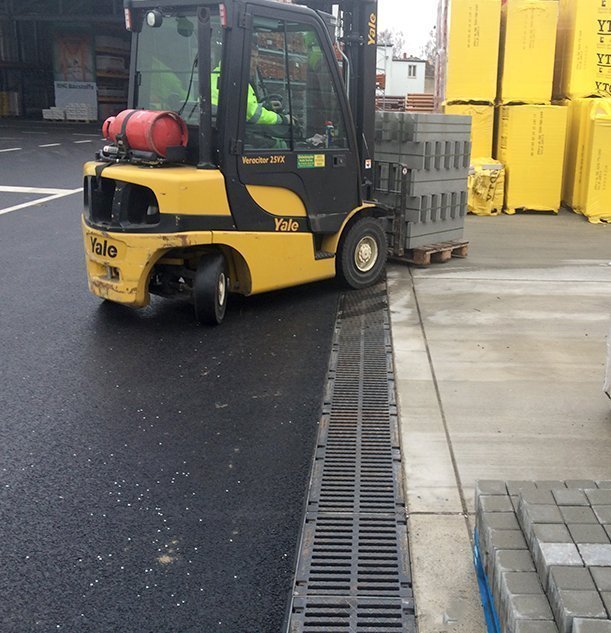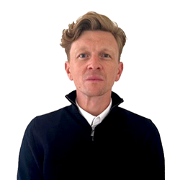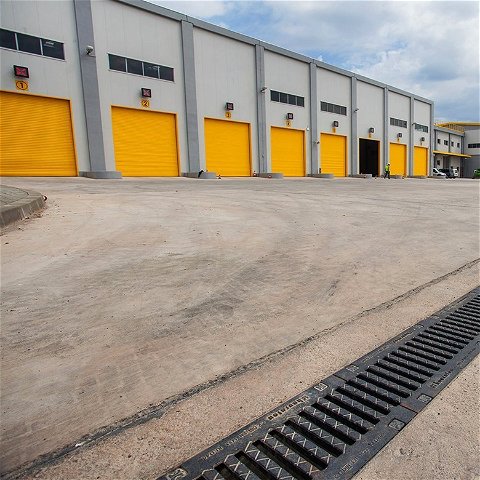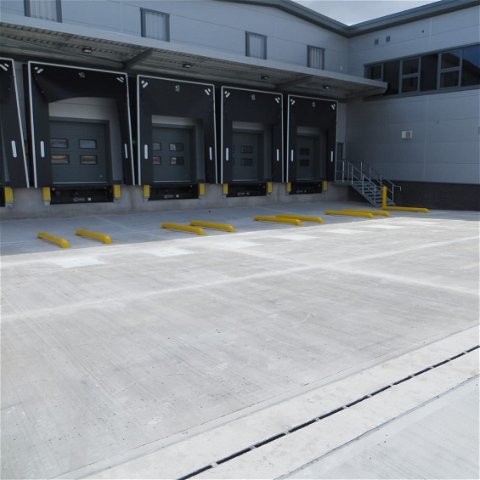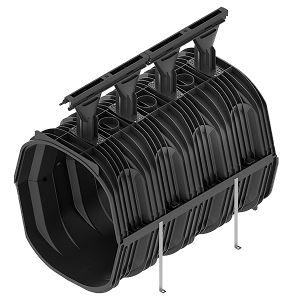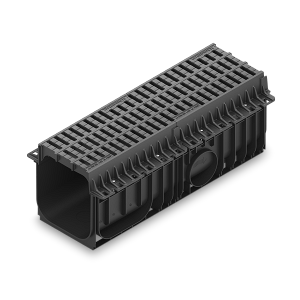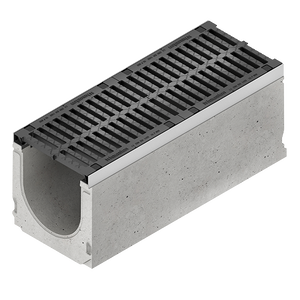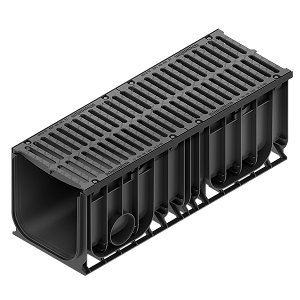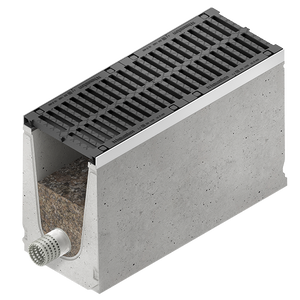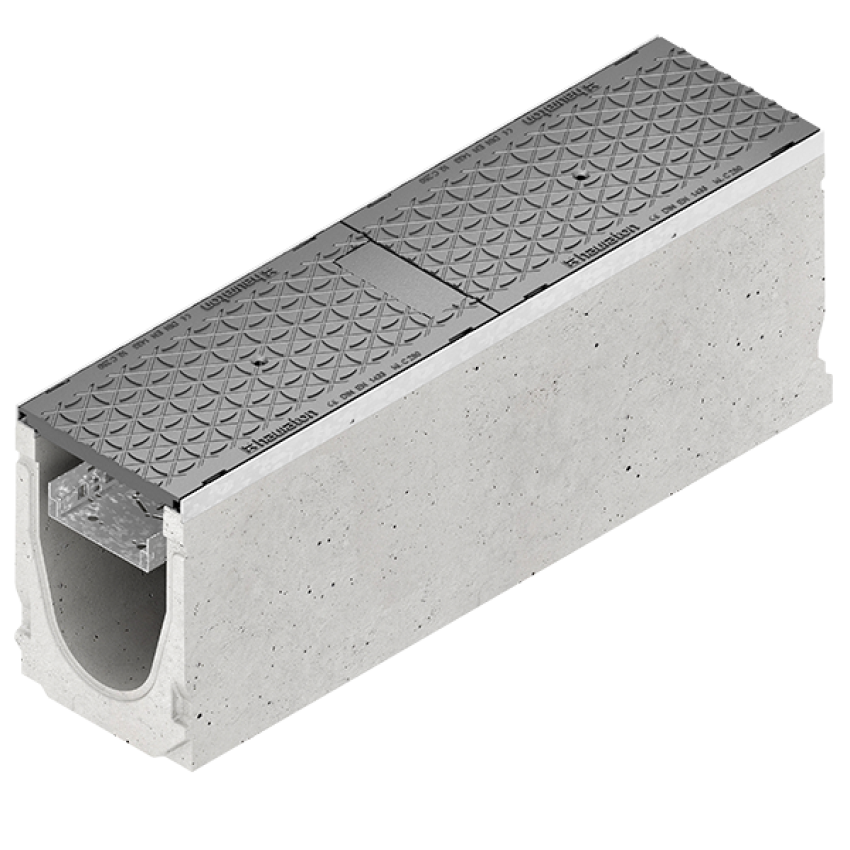Load class according to EN 1433
Load class according to EN 1433
up to F 900
up to F 900
up to F 900
up to E 600
up to F 900
Nominal width | System size
Nominal width | System size
1000, 2000, 3000, 5000, 8000, 10000
200, 300
100, 150, 200, 300, 400, 500
100, 150, 200, 300, 400
300, 400, 500
Materials of the lower parts
Materials of the lower parts
Modified polypropylene (PP), 100 % recycled composite
Modified polypropylene (PP), 100 % recycled composite
Fibre-reinforced concrete
Modified polypropylene (PP), 100 % recycled composite
Fibre-reinforced concrete or polypropylene (PP)
Angle housing
Galvanised steel or ductile iron edge rail with 40 x 40 mm insertion depth
Moulded as an integral part of the channel body
Depending on the version with FASERFIX or RECYFIX:
Galvanised steel or cast iron frame with 40 x 40 mm insertion depth
Grating variants
Ductile iron grating with lateral concrete anchoring
– Ductile iron gratings
– GUGI ductile iron gratings
Gradient
– Constant depth
– Stepped fall
– Stepped fall (at NW 200)
– Constant depth
– Constant depth
– Built-in fall (150, 200, 300)
– Stepped fall
– Constant depth
– Stepped fall
Special characteristics
– Radial installations possible
– Large channels for retention
– Channel run without slotted top achievable, for example, under planted areas
– Cable installations can be threaded though throat voids of the channel
– Material combination of recycled PP and ductile iron for adaptability on the construction site and robustness
– Side wings for optimum connection to the concrete surface
– No screws and loose parts on the surface
– Connection between channel and grating encased in concrete for extra safety
– SIDE-LOCK, boltless locking system
– 16 fixing points for grating/metre
– Channel and cover = one component
– Self-centring screw –> automatically finds the correct position
– Polypropylene channel body can be easily machined on site
– Rainwater treatment by surface filtration
– DIBt approval
– Proprietary treatment system: CIRIA SuDS Manual C753 chapter 14
